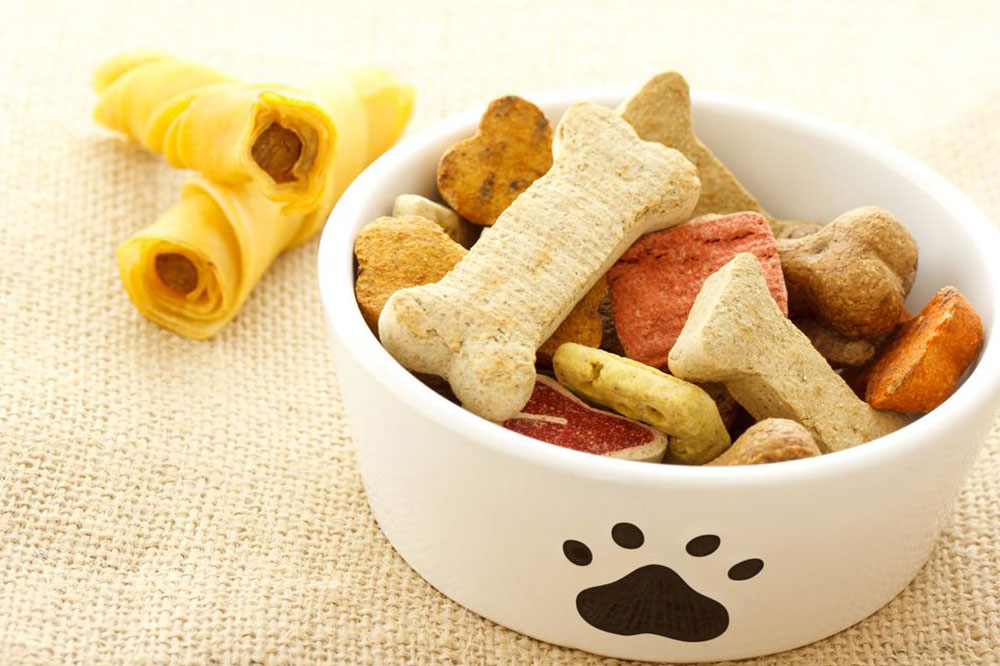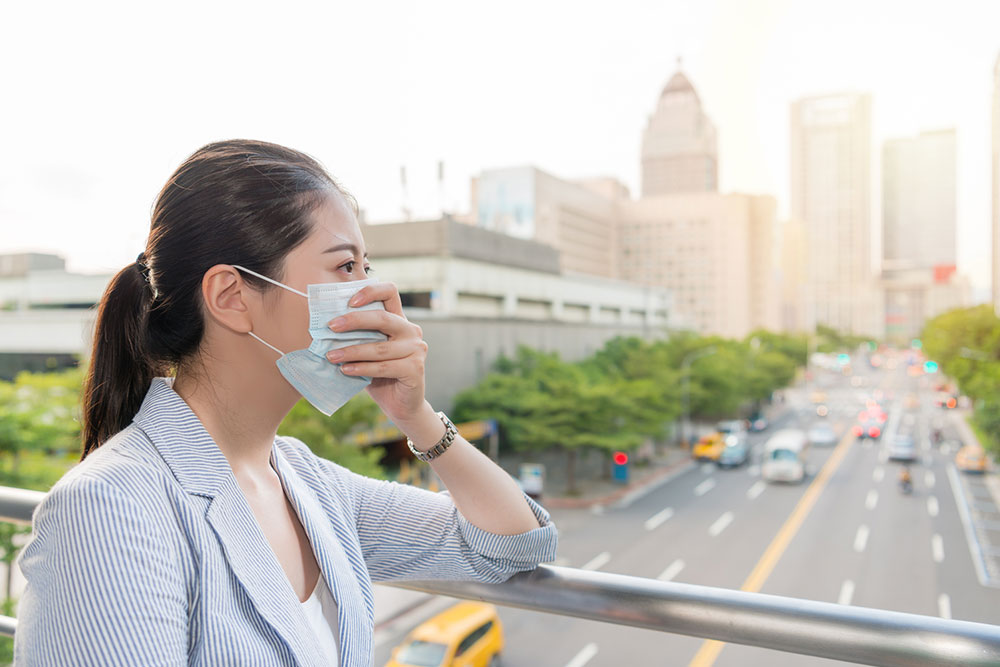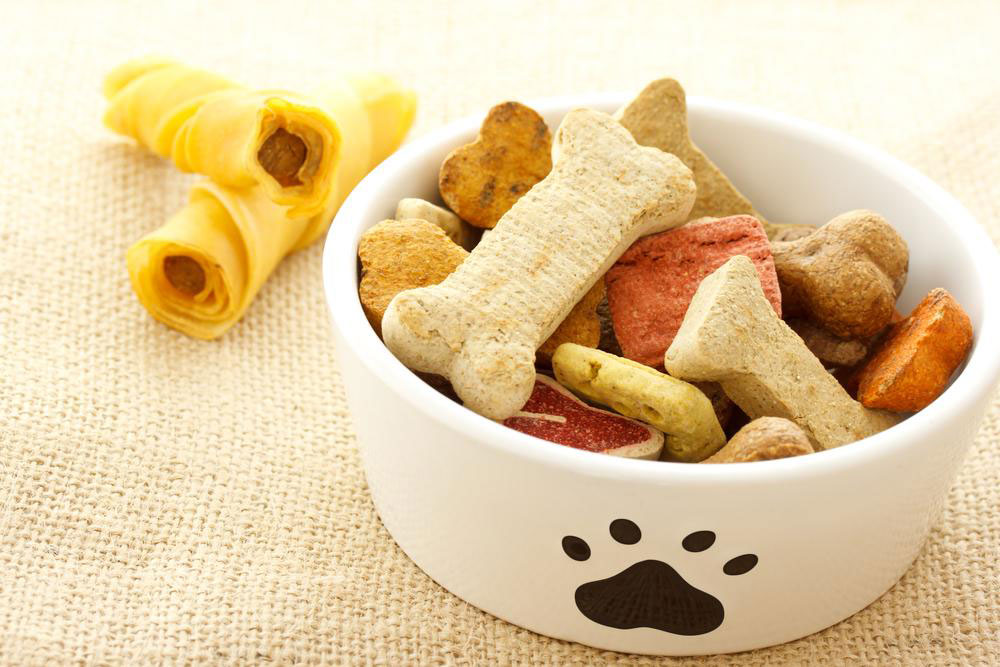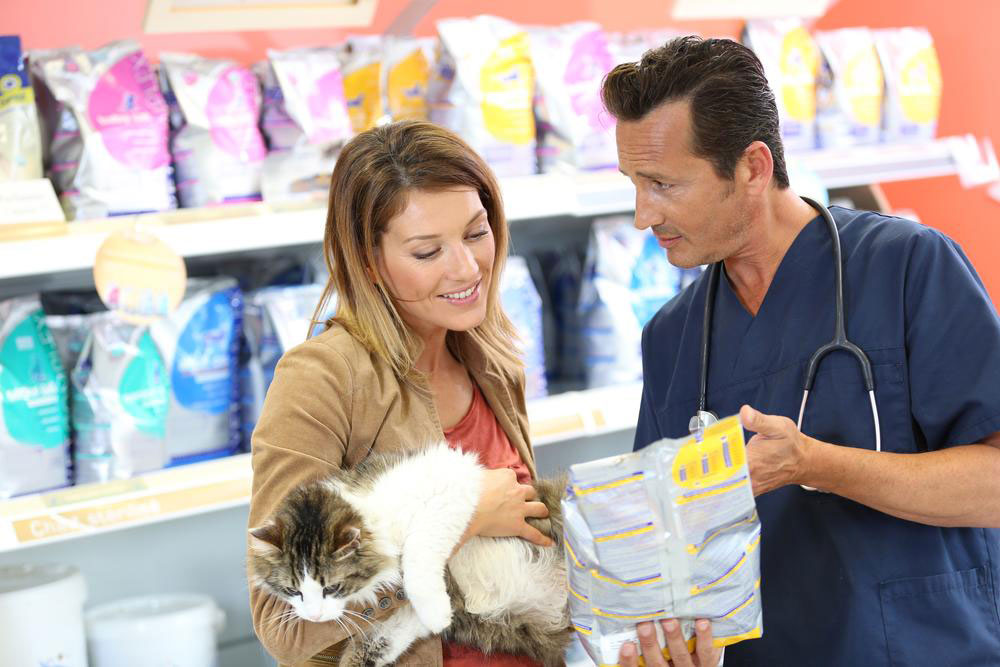Ensuring Your Pets' Safety from Food Allergies
Learn essential tips to protect your pets from food allergies, identify symptoms, and ensure a balanced diet. Discover practical solutions like elimination diets, professional guidance, and immunity-boosting foods to keep your pets healthy and allergy-free.
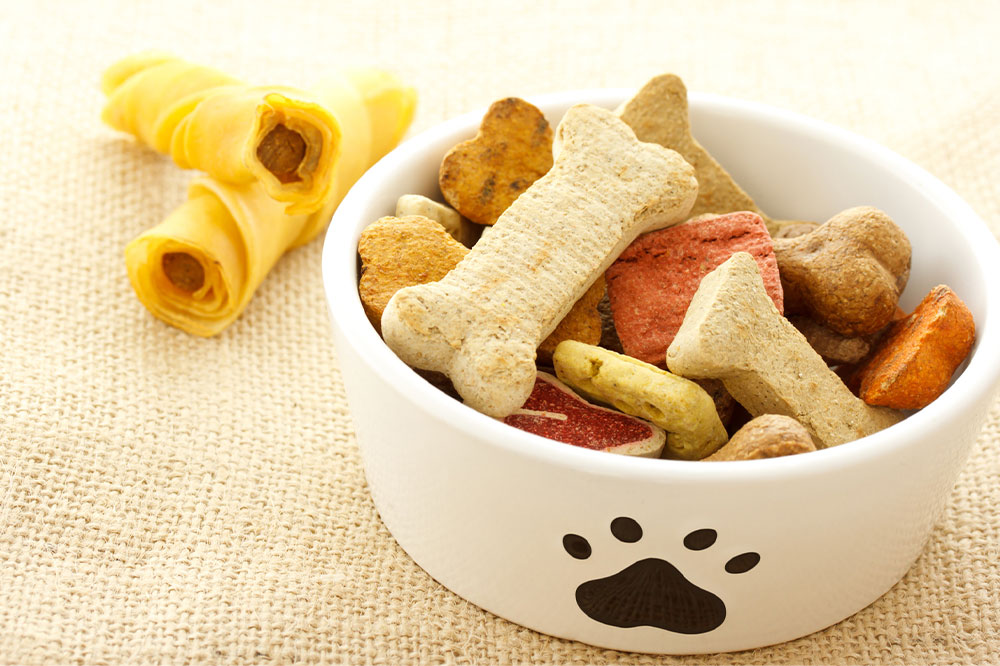
Protecting Pets from Food Allergies
Pets can develop allergies to various substances, with two main types being environmental and food-related. Food allergies are less common but affect nearly 10% of households in the US. Causes include weakened immunity, gastrointestinal issues, genetics, and certain dietary components. Common symptoms in cats and dogs include paw licking, persistent itching, diarrhea, vomiting, skin rashes, excessive gas, bad breath, bleeding gums, and bumps. The primary trigger is poor diet quality. Proper management and diet adjustments are essential for pet health.
How to identify food allergies in pets
There is no definitive test for pet food allergies. Blood and saliva tests lack sufficient validation as of 2019. The most reliable method is an elimination diet, where you introduce specific foods and monitor your pet’s reaction over three to four days. Persistent symptoms necessitate veterinary consultation. Pets with pre-existing conditions like epilepsy, liver or kidney issues, may require specialized diets to prevent allergies and maintain health.
This often happens after sudden changes in diet.
Causes of food allergies in cats and dogs
Inability to digest certain proteins
Weak immune response interpreting proteins as harmful
Presence of ingredients like corn, soy, and legumes in dry food
Frequent consumption of processed foods leading to immune decline
Incorrect protein-to-body mass ratio
Lack of gut health support from owners
Common foods linked to allergies in pets
Chicken, beef, dairy, fish, eggs
Stale or spoiled food
Plant-based ingredients such as peas, potatoes, legumes
Wheat, oats, gluten-rich grains
Kibble with artificial colors or high red meat content
Strategies to manage food allergies in pets
Seek advice from a pet nutritionist to identify specific allergens
Consult with your veterinarian for personalized dietary guidance
Provide a balanced mix of dry and wet foods
Pay close attention to your pet’s reactions to new foods or ingredients
Incorporate immunity-boosting foods like superfoods, probiotics, omega-3, ginger, fennel seeds, and apple cider vinegar
Transition to home-cooked meals, avoiding excess sugar, salt, and spices; introducing safe human foods can also help

